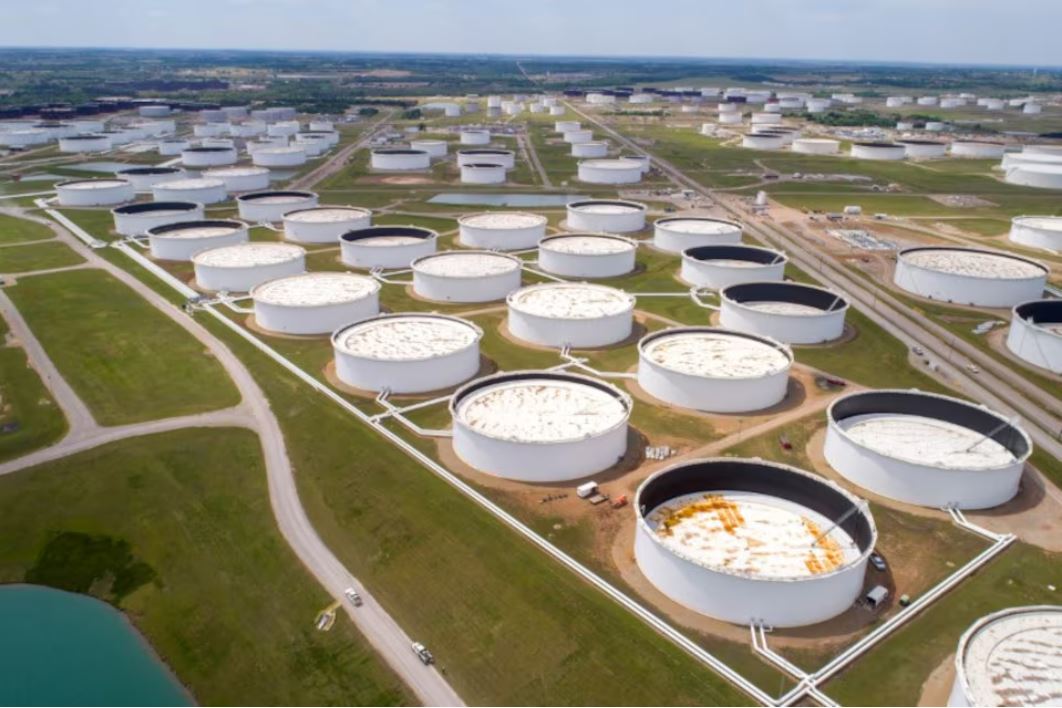In a delicate dance of global economic and geopolitical forces, international oil markets experienced nuanced movements on Thursday, reflecting the intricate interplay between regional conflicts and energy market dynamics.
Brent crude futures and US West Texas Intermediate crude futures both registered slight upticks, rising by 0.2% and 0.23% respectively, closing at USD 72.97 and USD 68.91 per barrel. These modest gains underscore the volatile nature of current global energy markets.
The ongoing conflict between Ukraine and Russia has emerged as a critical factor influencing oil market sentiments. Ukraine’s recent deployment of sophisticated Western weaponry, including British Storm Shadow cruise missiles and US ATACMS missiles, has dramatically heightened geopolitical tensions.
Moscow has vehemently condemned these strikes, warning that attacks on Russian territory far from the conflict’s traditional border represent a significant escalation. Conversely, Kyiv maintains that such capabilities are essential for defensive strategies, particularly in targeting Russian rear bases supporting the invasion—a conflict that has now surpassed its 1,000-day milestone.
Analysts from ING have highlighted the potential risks, noting that Ukraine’s potential targeting of Russian energy infrastructure could substantially impact oil markets, alongside the uncertainty surrounding Russia’s potential retaliatory measures.
Despite the geopolitical uncertainties, JPMorgan analysts report promising signs of oil consumption recovery. Enhanced travel demand in the United States and India, coupled with significant industrial demand growth in the latter, has contributed to positive market sentiments.
Global oil demand projections for the first 19 days of November indicate a robust 103.6 million barrels per day, representing a year-on-year increase of 1.7 million barrels.
However, the market’s optimism was tempered by the US Energy Information Administration’s latest inventory report. Crude inventories unexpectedly rose by 545,000 barrels, surpassing analyst predictions of a modest 138,000-barrel increase. Gasoline inventories also exceeded forecasts, while distillate stockpiles demonstrated a more significant-than-anticipated drawdown.
The Organisation of the Petroleum Exporting Countries (OPEC) and its allies are contemplating further adjustments to their production strategies. Sources familiar with the discussions suggest that the group might postpone planned output increases during their December 1st meeting, citing weak global oil demand.
OPEC+, responsible for approximately half the world’s oil production, had originally planned gradual production increases throughout 2024 and 2025. However, the International Energy Agency (IEA) warns that even with maintained production cuts, global oil supply is projected to outstrip demand in 2025.
This forecast stems from anticipated production increases in the United States and other non-OPEC+ producers, which are expected to outpace relatively sluggish global demand.
In a separate development, Norwegian energy giant Equinor announced the full restoration of output capacity at the Johan Sverdrup oilfield in the North Sea following a recent power outage, adding another layer of complexity to the global energy landscape.



